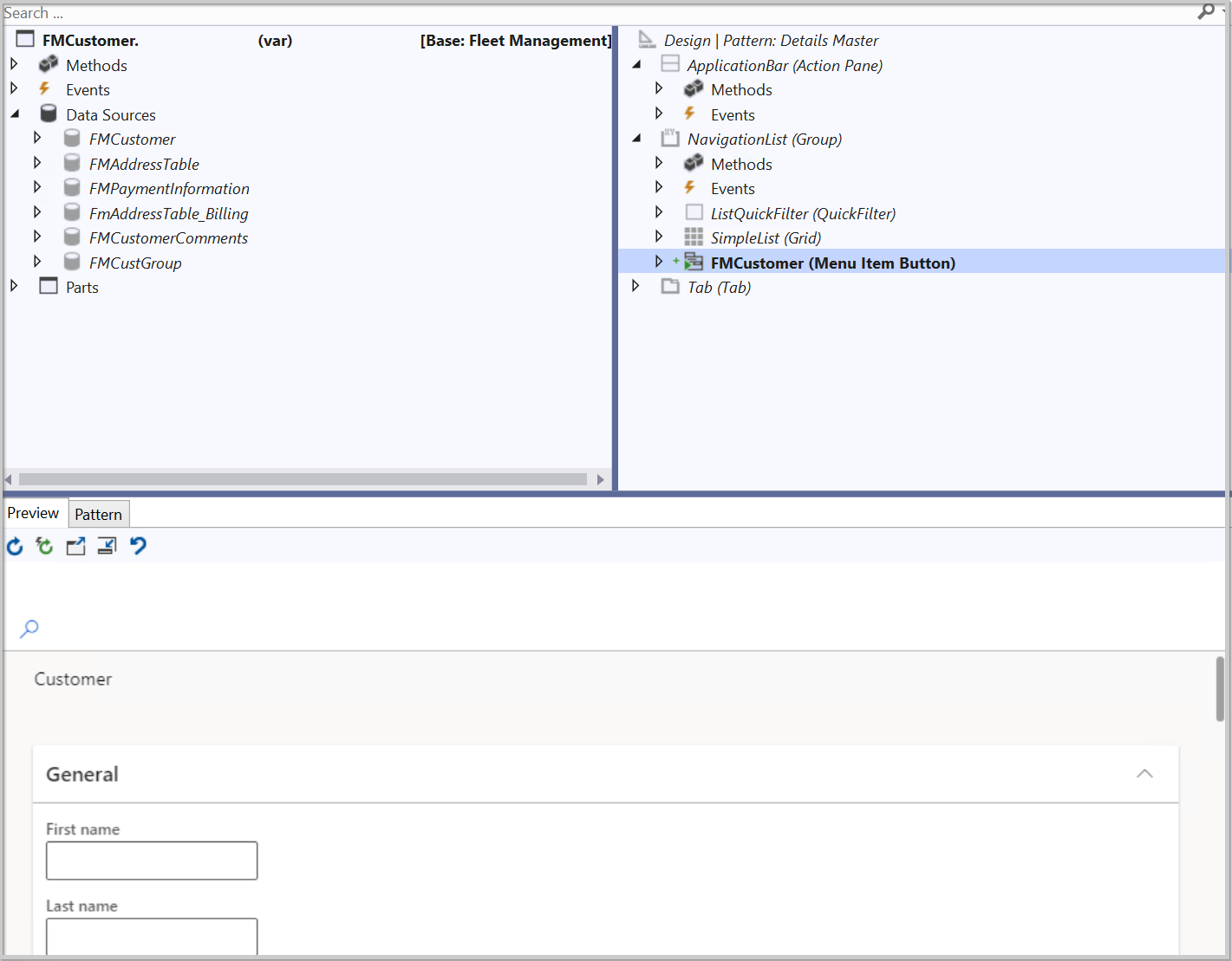Form in D365 finance and operations
Table of Content:
Form in D365 finance and operations [Functional Point of view]
In D365 Finance and Operations, a form refers to a graphical user interface (GUI) component that allows users to enter, view, and modify data in the system. A form typically consists of various fields, labels, buttons, and other controls that are organized in a structured layout.
Forms in D365 Finance and Operations are used to display and manipulate data from various data sources such as tables, views, queries, and reports. They can be used to perform a variety of functions, such as creating new records, editing existing records, deleting records, and searching for records based on specific criteria.
Forms in D365 Finance and Operations can be customized to meet specific business requirements using the built-in form designer. The form designer allows users to add or remove fields, change the layout, and apply various formatting options to improve the user experience.
In addition to the standard forms provided by D365 Finance and Operations, users can create custom forms to meet specific business needs. Custom forms can be created using the form designer or by writing X++ code to define the form's behavior.
Overall, forms are an essential component of D365 Finance and Operations, as they provide an intuitive and user-friendly way to interact with the system and manage business data.
Form in D365 finance and operations [Developer Point of view]
From a developer's point of view, forms in D365 Finance and Operations play a crucial role in customizing the user interface and creating a user-friendly experience for the end-users. Developers can use various tools and techniques to create and customize forms, such as:
-
Form Designer: The form designer is a graphical tool that allows developers to customize the layout, add or remove fields, and apply various formatting options to the form. The form designer is accessible from the Application Explorer, and developers can drag and drop fields onto the form, set properties, and configure data sources.
-
Data Sources: Forms in D365 Finance and Operations are based on data sources, which define the underlying data structure and provide a link between the form and the database. Developers can customize the data source by modifying the fields, adding or removing tables, or defining relationships between tables.
-
Event Handlers: Event handlers are methods that are called when a specific event occurs on the form, such as when a button is clicked or a record is saved. Developers can create event handlers to customize the behavior of the form, such as validating data, performing calculations, or triggering other business processes.
-
X++ Code: Developers can also customize forms by writing X++ code, which can be used to create custom controls, customize data sources, or handle complex business logic. X++ code can be added to event handlers, data source methods, or form methods.
Overall, forms are a critical component of D365 Finance and Operations, and developers must have a good understanding of how they work to create customized solutions that meet the specific needs of the business and end-users.
